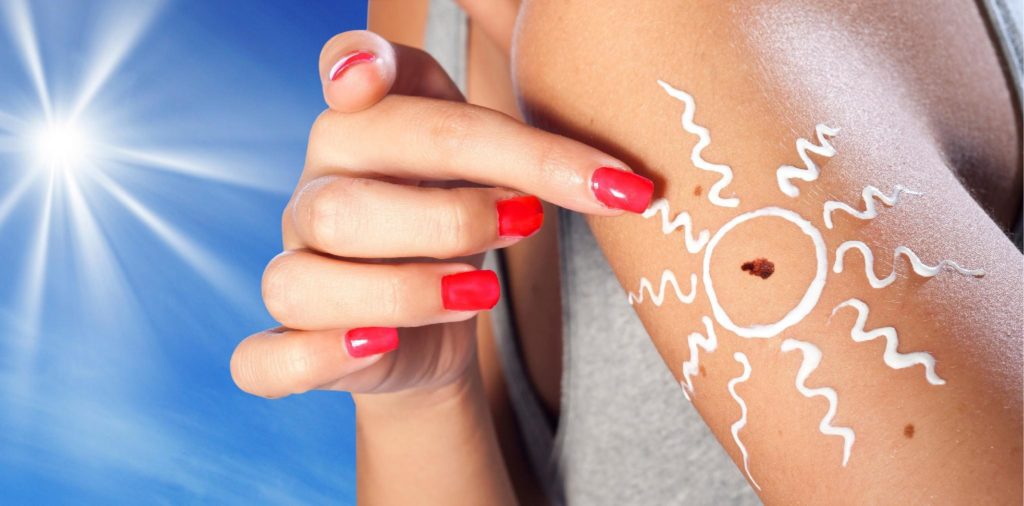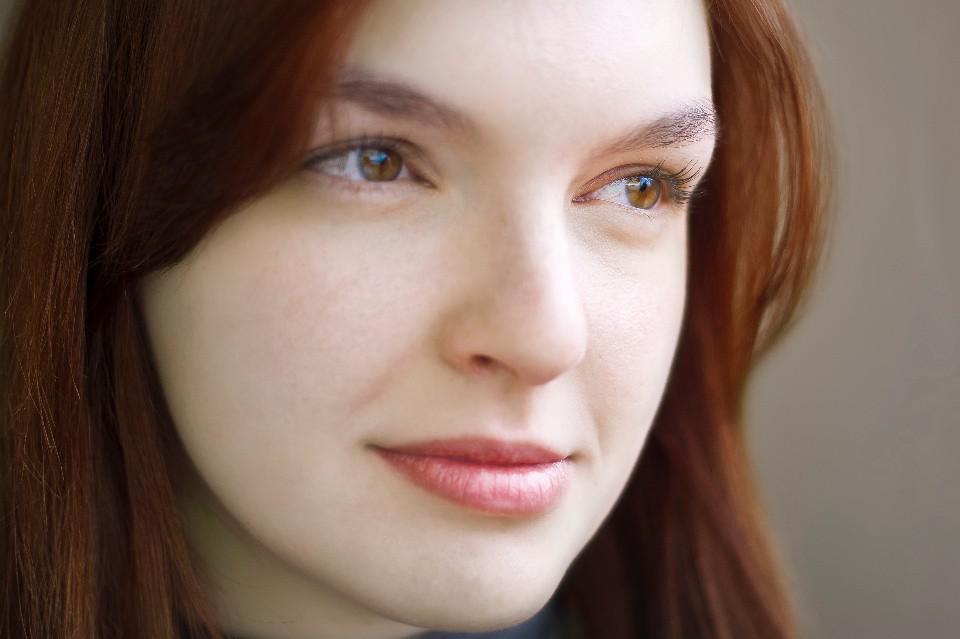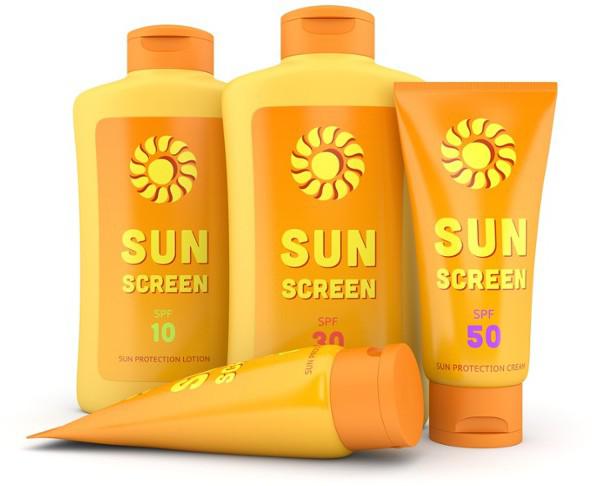
The prospect of skin cancer is a worry for many Irish people, who are concerned about the risks to both themselves, and their loved ones. Undoubtedly, this is a legitimate concern too. Skin cancer is the most common form of cancer here and according to the Health Service Executive (HSE) there are 100 melanoma related-deaths in Ireland annually. It is the third most common cancer diagnosed in the 15-44 year age group and more than 60% of patients are female.
However, being aware of the risk factors, and also the steps you can take to reduce that risk, as well as dispelling the myths about proper skin protection can go a long way towards protecting you and your family from developing skin cancers such as melanoma, basal cell carcinoma (BCC) or squamous cell carcinoma (SCC). Some of the most common risk factors are below – and the Irish Cancer Society’s website is a useful and reliable resource of further information.

1) You have fair or pale skin: The typically Irish or Caucasian complexion, with pale skin and freckles, is more easily damaged by the sun’s harmful UV rays. (The ease with which you burn in the sun is an indicator of this).
2) You burn easily in the sun: A tendency to burn quickly or easily in sunshine can indicate low levels of melanin in the skin.
3) You have a history of severe sunburn: As skin cancers can take years or even decades to develop, having a bout of severe sunburn as a child can be a risk factor in developing the disease in later life.
4) You use sunbeds: Most medical professionals would tell you that using tanning beds or sun beds to tan skin is unwise. Similarly, using them to ‘get a base’ before going on a sun holiday is very damaging to skin.
5) You have a lot of moles: People with a lot of moles tend to be more susceptible to developing skin cancer. In particular, irregular moles should be closely monitored.
6) You have a family history of skin cancer: If a parent or a sibling has had skin cancer, this may increase your risk of developing the disease.
7) You are genetically predisposed to develop skin cancer: For example, if you have Gorlin Syndrome, a rare condition whereby you inherit a gene from a parent that makes you more susceptible to developing cancer.

As the most common cause of skin cancer is sun exposure, the easiest thing to do to help reduce the risk is to keep skin protected.
1) Use a high factor SPF and avoid the sun between the hours of 11am and 3pm, when it’s at its strongest. Look for a broad spectrum product, as this will protect from both UVA and UVB
2) Reapply sunscreen regularly, especially if you’re sweating, in the sea or a pool. One application is not sufficient. Adopt the Australian ‘slip, slop, slap’ rule: slip on a t-shirt, slop on sunscreen and slap on a hat when out in the sun. Remember to protect exposed areas like the back of the neck, tops of ears, etc. These spots can sometimes be overlooked.
3) Avoid sunbeds and tanning beds entirely.
4) Perform regular checks on your skin and your loved one’s skin at home. Know what is normal for you and your family and if you see anything unusual, such as a mole changing shape or colour, talk to your GP.
5) Get educated about early skin cancer detection and be cognizant of any new lesions on your skin or the skin of a loved one. This is because early skin cancer detection can dramatically improve patient’s outcome and reduce the risk of permanent disfigurement and the potential requirement for complex reconstructive surgery.
If you are concerned about your skin or that of a loved one, arrange a consultation with myself, and download my guide to sun protection and proper sunscreen use:
Download Mr Chan's Guide to Proper Sunscreen Use

The prospect of skin cancer is a worry for many Irish people, who are concerned about the risks to both themselves, and their loved ones. Undoubtedly, this is a legitimate concern too. Skin cancer is the most common form of cancer here and according to the Health Service Executive (HSE) there are 100 melanoma related-deaths in Ireland annually. It is the third most common cancer diagnosed in the 15-44 year age group and more than 60% of patients are female.
However, being aware of the risk factors, and also the steps you can take to reduce that risk, as well as dispelling the myths about proper skin protection can go a long way towards protecting you and your family from developing skin cancers such as melanoma, basal cell carcinoma (BCC) or squamous cell carcinoma (SCC). Some of the most common risk factors are below – and the Irish Cancer Society’s website is a useful and reliable resource of further information.

1) You have fair or pale skin: The typically Irish or Caucasian complexion, with pale skin and freckles, is more easily damaged by the sun’s harmful UV rays. (The ease with which you burn in the sun is an indicator of this).
2) You burn easily in the sun: A tendency to burn quickly or easily in sunshine can indicate low levels of melanin in the skin.
3) You have a history of severe sunburn: As skin cancers can take years or even decades to develop, having a bout of severe sunburn as a child can be a risk factor in developing the disease in later life.
4) You use sunbeds: Most medical professionals would tell you that using tanning beds or sun beds to tan skin is unwise. Similarly, using them to ‘get a base’ before going on a sun holiday is very damaging to skin.
5) You have a lot of moles: People with a lot of moles tend to be more susceptible to developing skin cancer. In particular, irregular moles should be closely monitored.
6) You have a family history of skin cancer: If a parent or a sibling has had skin cancer, this may increase your risk of developing the disease.
7) You are genetically predisposed to develop skin cancer: For example, if you have Gorlin Syndrome, a rare condition whereby you inherit a gene from a parent that makes you more susceptible to developing cancer.

As the most common cause of skin cancer is sun exposure, the easiest thing to do to help reduce the risk is to keep skin protected.
1) Use a high factor SPF and avoid the sun between the hours of 11am and 3pm, when it’s at its strongest. Look for a broad spectrum product, as this will protect from both UVA and UVB
2) Reapply sunscreen regularly, especially if you’re sweating, in the sea or a pool. One application is not sufficient. Adopt the Australian ‘slip, slop, slap’ rule: slip on a t-shirt, slop on sunscreen and slap on a hat when out in the sun. Remember to protect exposed areas like the back of the neck, tops of ears, etc. These spots can sometimes be overlooked.
3) Avoid sunbeds and tanning beds entirely.
4) Perform regular checks on your skin and your loved one’s skin at home. Know what is normal for you and your family and if you see anything unusual, such as a mole changing shape or colour, talk to your GP.
5) Get educated about early skin cancer detection and be cognizant of any new lesions on your skin or the skin of a loved one. This is because early skin cancer detection can dramatically improve patient’s outcome and reduce the risk of permanent disfigurement and the potential requirement for complex reconstructive surgery.
If you are concerned about your skin or that of a loved one, arrange a consultation with myself, and download my guide to sun protection and proper sunscreen use:
Download Mr Chan's Guide to Proper Sunscreen Use